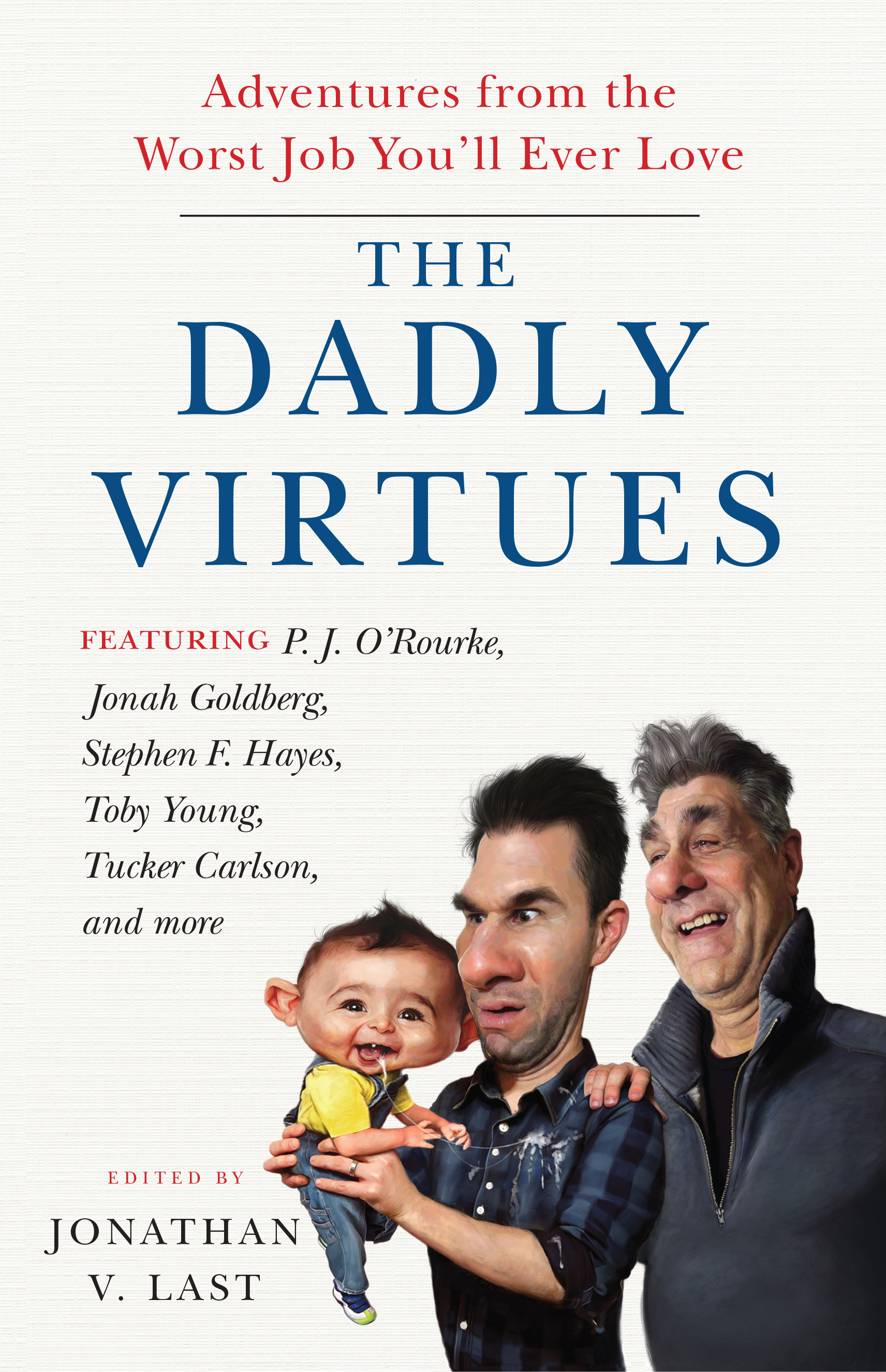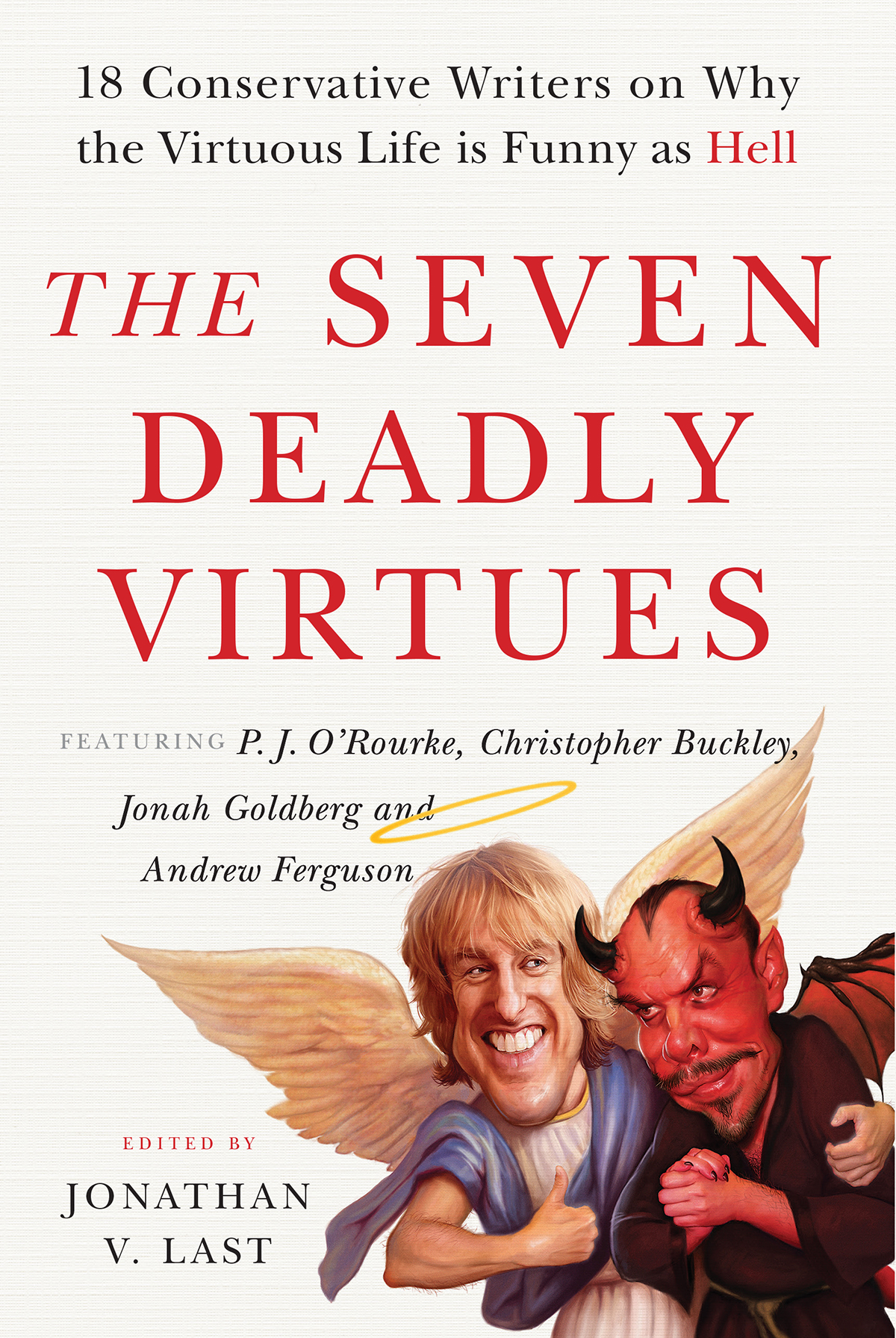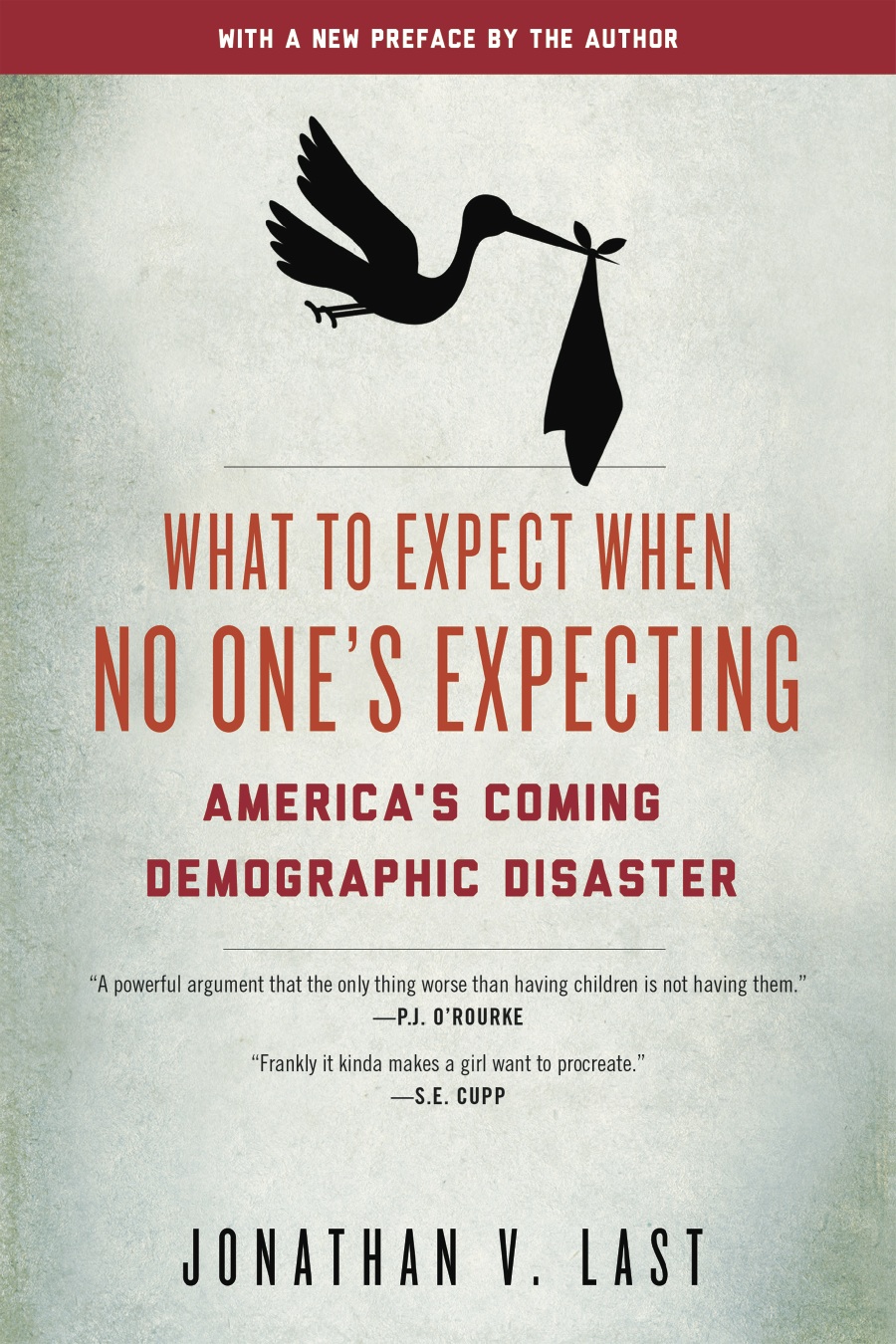February 3rd, 2012
An issue or two ago, Wired carried an interesting piece on flash mobs and riots by Bill Wasik. As is often the case with Wired, it’s smart, ably written, and cogent. And yet it manages to accomplish less than it should because the magazine seems to believe, as an institutional matter, than nothing of note happened before 1992.
In attempting to define precisely why some mobs become riots and others don’t, Wasik leans on psychology professor Cliffor Stott:
Stott boils down the violent potential of a crowd to two basic factors. The first is what he and other social psychologists call legitimacy—the extent to which the crowd feels that the police and the whole social order still deserve to be obeyed. In combustible situations, the shared identity of a crowd is really about legitimacy, since individuals usually start out with different attitudes toward the police but then are steered toward greater unanimity by what they see and hear. Paul Torrens, a University of Maryland professor who builds 3-D computer models of riots and other crowd events, imbues each agent in his simulations with an initial Legitimacy score on a scale from 0 (total disrespect for police authority) to 1 (absolute deference). Then he allows the agents to influence one another. It’s a crude model, but it’s useful in seeing the importance of a crowd’s initial perception of legitimacy. A crowd where every member has a low L will be predisposed to rebel from the outset; a more varied crowd, by contrast, will take significantly longer to turn ugly, if it ever does. . . .
The second factor in crowd violence, in Stott’s view, is simply what he calls power: the perception within a crowd that it has the ability to do what it wants, to take to the streets without fear of punishment. This, in turn, is largely a function of sheer size—and just as with legitimacy, small gradations can make an enormous difference. We often think about flash mobs and other Internet-gathered crowds as just another type of viral phenomenon, the equivalent of a video that gets a million views instead of a thousand. But in the physical world, the distance separating the typical from the transformational is radically smaller than in the realm of bits. Merely doubling the expected size of a crowd can create a truly combustible situation.
That sounds reasonable enough. And these rules fit with the universe of evidence that Wasik explores: soccer hooligans, flash mobs in the UK, and impromptu electronica dance demonstrations.
But if you bother to think about these two rules for more than 30 seconds, a single gigantic counter-example jumps out at you: Pope John Paul II’s return to Poland in 1979. You want to talk about unexpected masses–people showed up by the millions. They had a shared identity that went far beyond anything Wasik mentions and their shared grievances were legitimate in ways that make the notion of electronica fans being sad about not having mainstream acceptance seem outright silly.
And you know what the Poles didn’t do? Riot.
I’m not suggesting that this single example invalidates the broader point Wasik is trying to make. Maybe you can reconcile the two. At the very least, it suggests that the theory Wasik presents is probably inadequate by itself in explaining the phenomenon at the heart of his story.
-
I don’t know Stott or Torrens but I know (in fact am obsessed with) Granovetter’s 1978 AJS which presents a similar model. The argument he makes is not that large crowds inevitably riot but that if a crowd is rioting there’s a snowball process. In practice the key issue is how many people you have with hair triggers for rioting. Even if most of us would join a moderate size riot, the riot get started unless at least a handful of us have a propensity to start a riot and a moderate number f us would be willing to join a small riot.
-
How can you have a theory of riots without mentioning demographics?
The pope’s mass had lots of mothers with their small children, fathers of the small children, respected elders and so forth. The Rodney King riots had rather different demographics.







Gabriel February 3, 2012 at 6:04 pm
oops, by “the riot get started” i meant “the riot won’t get started”